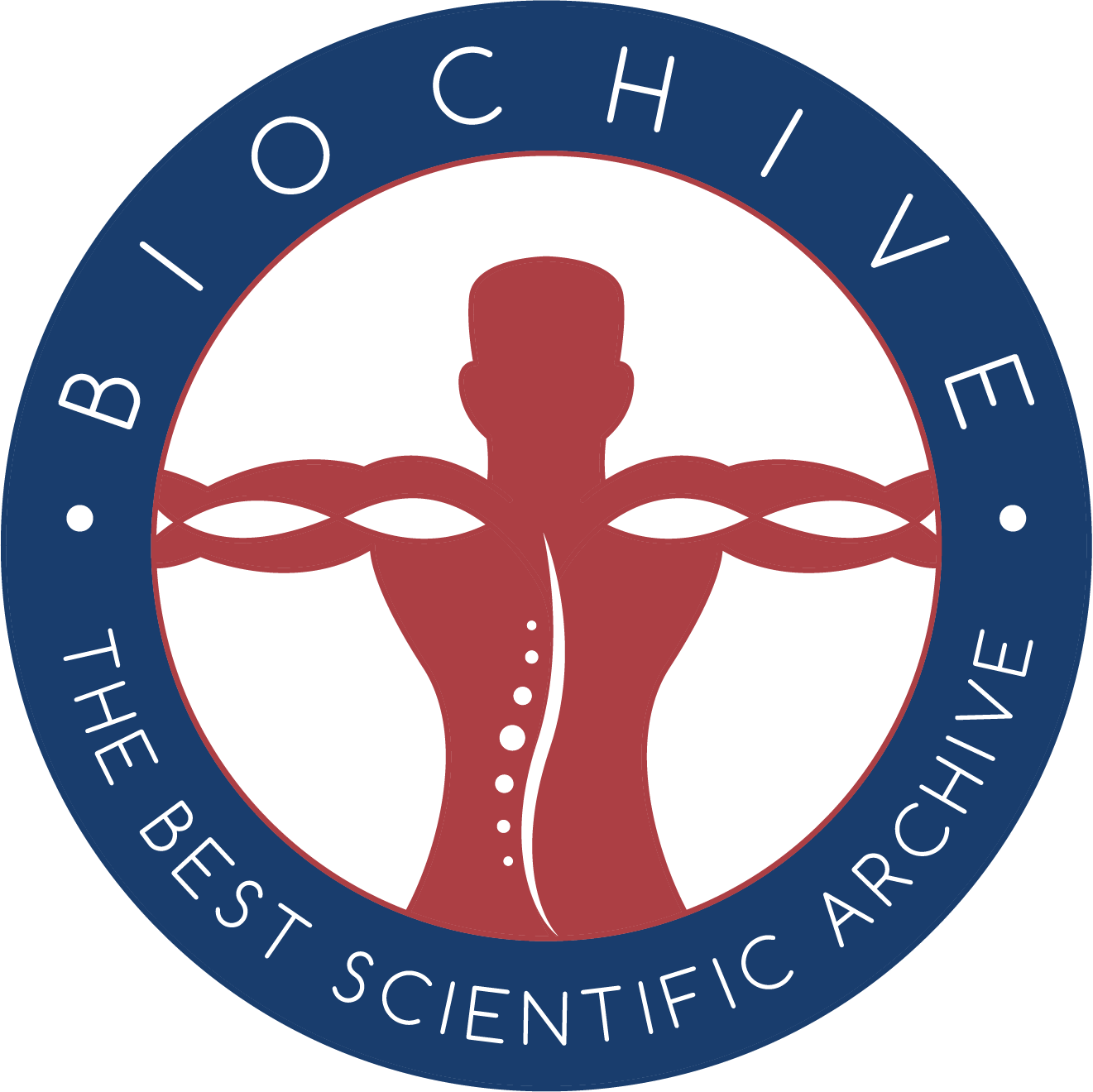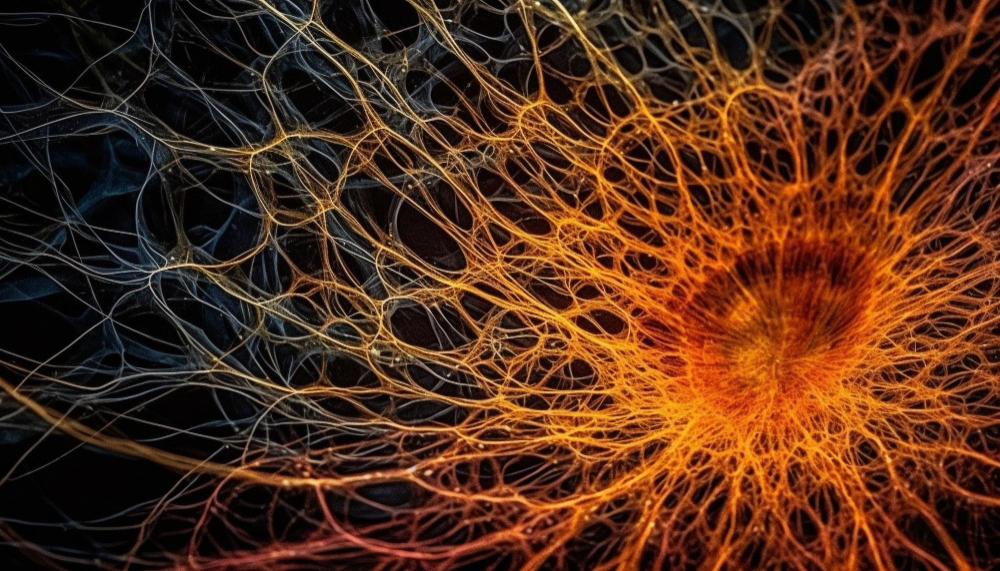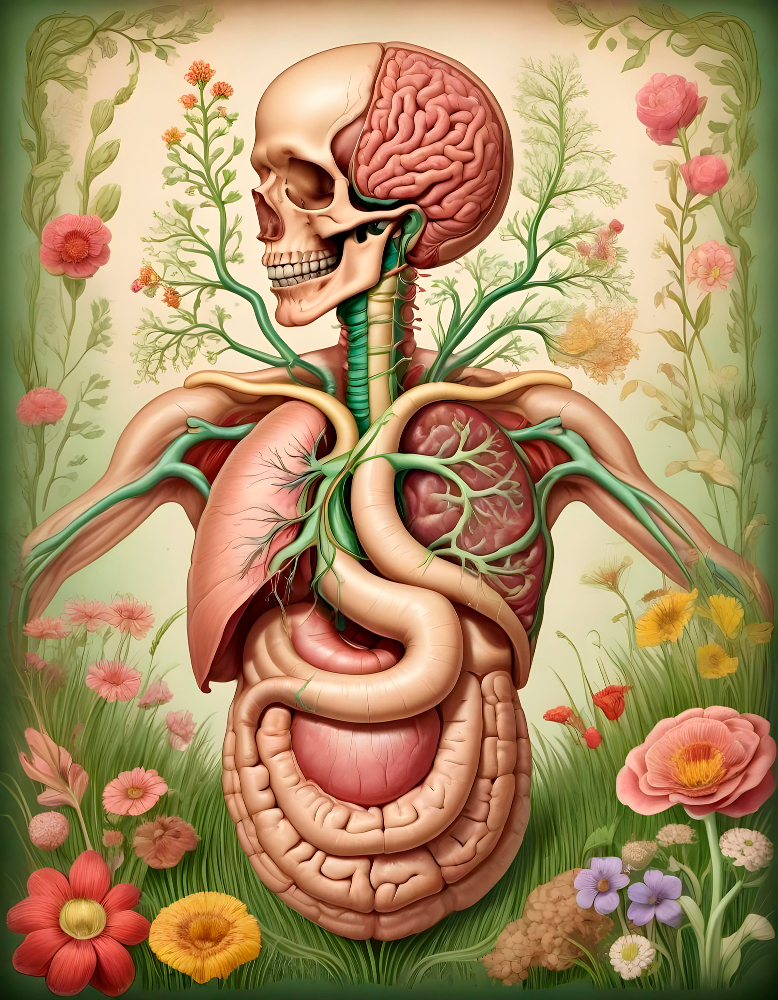If you spread out the surface area of an adult human’s lungs, it would cover an entire tennis court. The vast surface area of the lungs is essential for efficient gas exchange. As we all know, the lungs must take in oxygen and extract carbon dioxide, so our bodies slowly develop lungs with large amounts of surface area to perform more gas exchange.
When most people hear the word “respiratory system,” they think it includes the mouth and the lungs. There is a lot more to the respiratory system than just that. The respiratory system is divided into two parts: the upper portion and the lower portion. The upper portion includes the nasal cavity, throat, pharynx, larynx, trachea, and the epiglottis. The lower portion would consist of the lungs, diaphragm, bronchi (plural form of bronchus), bronchioles (plural form of bronchiole), and alveoli (plural form of alveolus).
First, the nasal cavity is where the air enters when you breathe. The air gets filtered to get ready to go into the lungs. Our nasal cavity’s ability to filter air is why breathing through your nose is essential; if you breathe through your mouth, the air doesn’t get filtered, and dirty, polluted air might enter your lungs. The nasal cavity also helps with smell, moistening and warming the air. If you ever run and breathe through your mouth, you might notice your lungs start to burn. One of the reasons this happens is because of cold or dry air entering your lungs quickly, causing that burning sensation.
The throat is made up of the pharynx, larynx, and the esophagus. The pharynx is the top area of the throat that connects the nasal cavity to the mouth area. The larynx is directly below the area that leads into the lungs when you breathe. The trachea (also known as the windpipe) is an area that leads into the lungs and helps you breathe. It contains rings to prevent collapsing on itself. The epiglottis controls what enters the trachea so that food will not enter your airway. The esophagus also lets food enter your stomach, but this article will focus on the respiratory system.

The lower portion of the respiratory system consists of the diaphragm, lungs, and the compartments that comprise the lungs. Remember that the respiratory system works with the circulatory system to supply our body with oxygen. The respiratory system delivers the oxygen that we breathe to our red blood cells, which then give the oxygen to other areas of our body. The diaphragm is a lesser-known muscle in our body that facilitates breathing. When you breathe in, the muscle relaxes to make your lungs expand. When you breathe out, however, the diaphragm expands, and the lungs shrink to let air out. The lungs contain areas and tiny air sacs that exchange oxygen for carbon dioxide. The bronchi are two tubes where the air is brought directly into the lungs, where the exchange can occur. The bronchioles are branches that the bronchi divide into. Alveoli are tiny air sacs where oxygen and carbon dioxide exchange occurs. These are grape-shaped sacs with oxygen-rich blood vessels that help pump oxygen into the bloodstream. If we were to visualize the pathway of air entering our body, it would go like this: The air would first enter through the nostrils of the nose. It would make its way into the nasal cavity to be filtered and become warm enough to enter our lungs. It would then go through the throat, consisting of the pharynx, larynx, and trachea. However, if it were food, it would go down into the esophagus from the mouth to end up in our stomach. The air would then go into both bronchi and branch into the bronchioles. Then, the tiny alveoli exchange carbon dioxide from the blood for oxygen, which we breathe in. As the blood passes through the alveoli, it becomes oxygenated.


Note: Although the oral cavity is not part of the respiratory system, it is included here to illustrate the separation between the respiratory and digestive systems.
To conclude, our respiratory system comprises the nasal cavity, throat, pharynx, larynx, trachea, epiglottis, lungs, bronchi, bronchioles, and alveoli. The upper and lower respiratory systems are divided into two portions. Air is brought through the mouth and goes through many compartments to eventually get sent to the alveoli, which are tiny air sacs that help deliver oxygen to our blood cells. The blood cells can then provide oxygen to other parts of the body to help us survive and function by using oxygen for cellular respiration in our cells.



